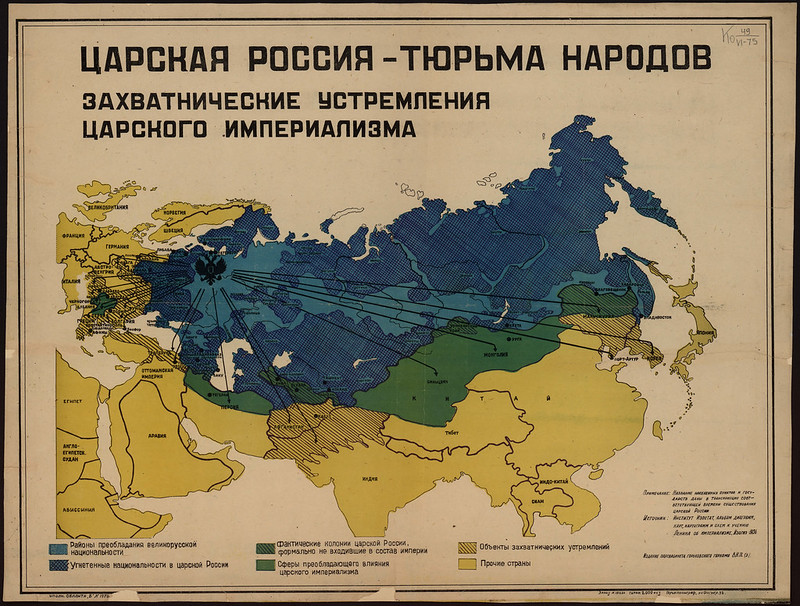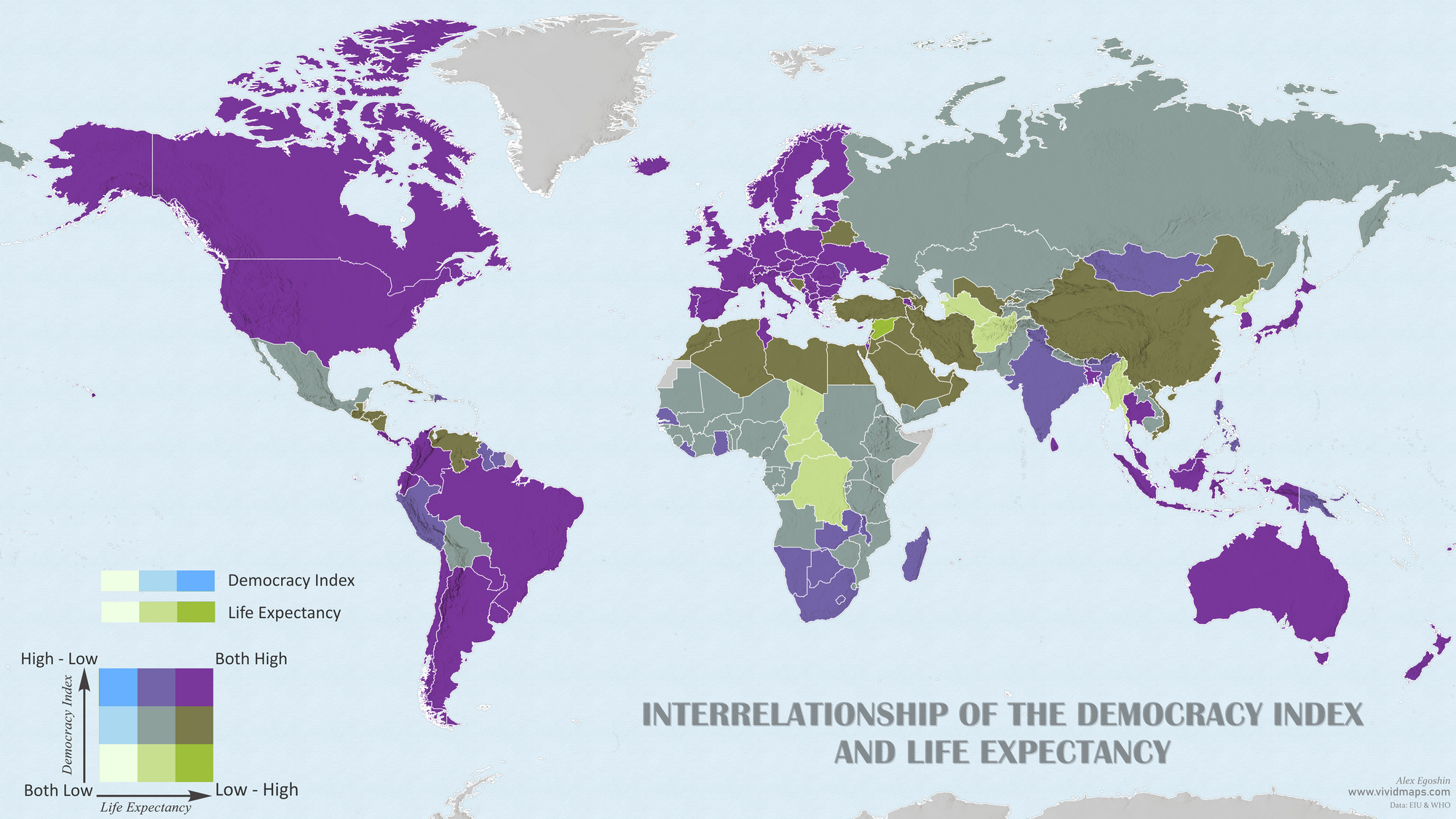Soviet Propaganda Map, 1936
Soviet propaganda often portrayed Tsarist Russia as a symbol of oppression, exploitation, and backwardness. The Bolsheviks, who came to power during the Russian Revolution of 1917, aimed to discredit the previous regime and its supporters in order to legitimize their own rule.
Here are some key themes and strategies of Soviet propaganda criticizing Tsarist Russia:
- Class Struggle and Exploitation: Soviet propaganda depicted Tsarist Russia as a society rife with class divisions and exploitation. They highlighted the stark contrast between the opulent lifestyles of the nobility and the dire living conditions of the peasants and workers.
- Monarchy and Autocracy: Propaganda emphasized the autocratic rule of the tsars and the inherent inequality in the monarchy. Tsar Nicholas II was often portrayed as a weak and uncaring leader who disregarded the suffering of the common people.
- Feudalism and Serfdom: The Soviets criticized the feudal system that persisted in Tsarist Russia, particularly the institution of serfdom. They portrayed serfs as virtual slaves and used this depiction to underscore the need for revolutionary change.
- Censorship and Repression: Soviet propaganda highlighted the lack of civil liberties, freedom of speech, and political rights under Tsarist rule. They contrasted this with their own promises of worker and peasant empowerment.
- Backwardness and Lack of Progress: Soviet propaganda emphasized the technological and economic backwardness of Tsarist Russia compared to the industrial advancements promised by the socialist regime. They highlighted the lack of education and modern infrastructure.
- Revolutionary Heroes: The Bolsheviks presented themselves as the champions of the people, overthrowing the old order in favor of a new, just society. Figures like Lenin and other Bolshevik leaders were celebrated as revolutionary heroes who liberated the masses from tsarist oppression.
- Imperialism and War: The propaganda also highlighted the failures of Tsarist foreign policy, especially its participation in World War I. The Bolsheviks criticized the tsarist government for sending Russian soldiers to die in a war that they portrayed as benefiting only the ruling elite.
- Religious Institutions: The Soviet regime promoted atheism and portrayed the Russian Orthodox Church as an instrument of tsarist oppression. They attacked the church’s role in supporting the monarchy and its opposition to socialist ideals.
The Soviet propaganda map below has the following headings:
“Tsarist Russia – the prison of nations”
“The aggressive aspirations of tsarist imperialism”

The map is color-coded as follows:
Blue – Areas of
Blue with shading – Oppressed nationalities in Tsarist Russia.
Green – The colonies of tsarist Russia, formally not part of the empire.
Green with shading – Spheres of the dominant influence of tsarist imperialism.
Yellow – Other countries.
Yellow with shading – Objects of aggressive aspirations.
Many of the things that the young Soviet state blamed on Tsarist Russia, the later Soviet state, did again, but under the cover of communist slogans.
To learn more about the Soviet Union, consider the following books:
- Soviet Union: A History from Beginning to End (History of Russia)
- The Soviet Union: A Very Short Introduction
- The Soviet Century
- Collapse: The Fall of the Soviet Union
Related posts:
- Stalin’s secret war plans
- A German plan for the partition of the Soviet Union (May 1941)
- Major targets for nuclear bombs in the Soviet Union, part of planning a nuclear attack on the USSR (September 1945)
- Population Density map of the Soviet Union (1929)
- The Gulag Archipelago (The Soviet forced labor camp system)
- Peoples of the Soviet Union








